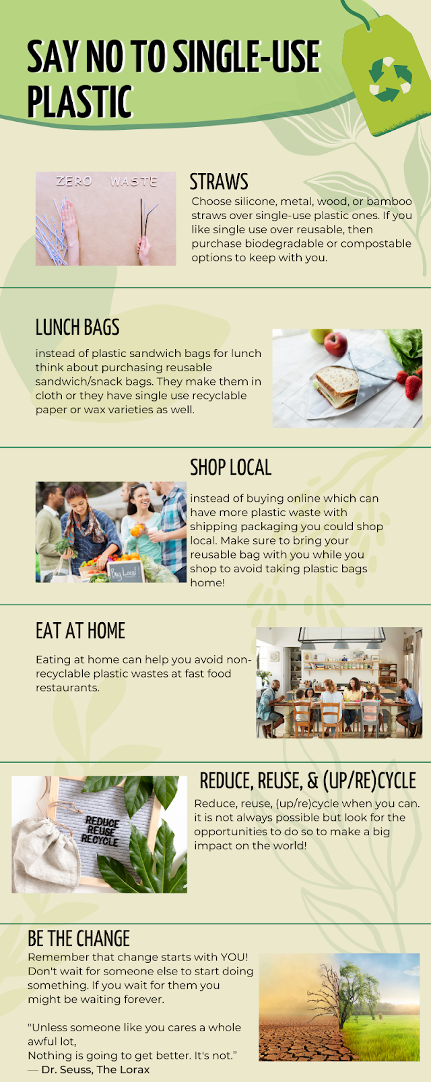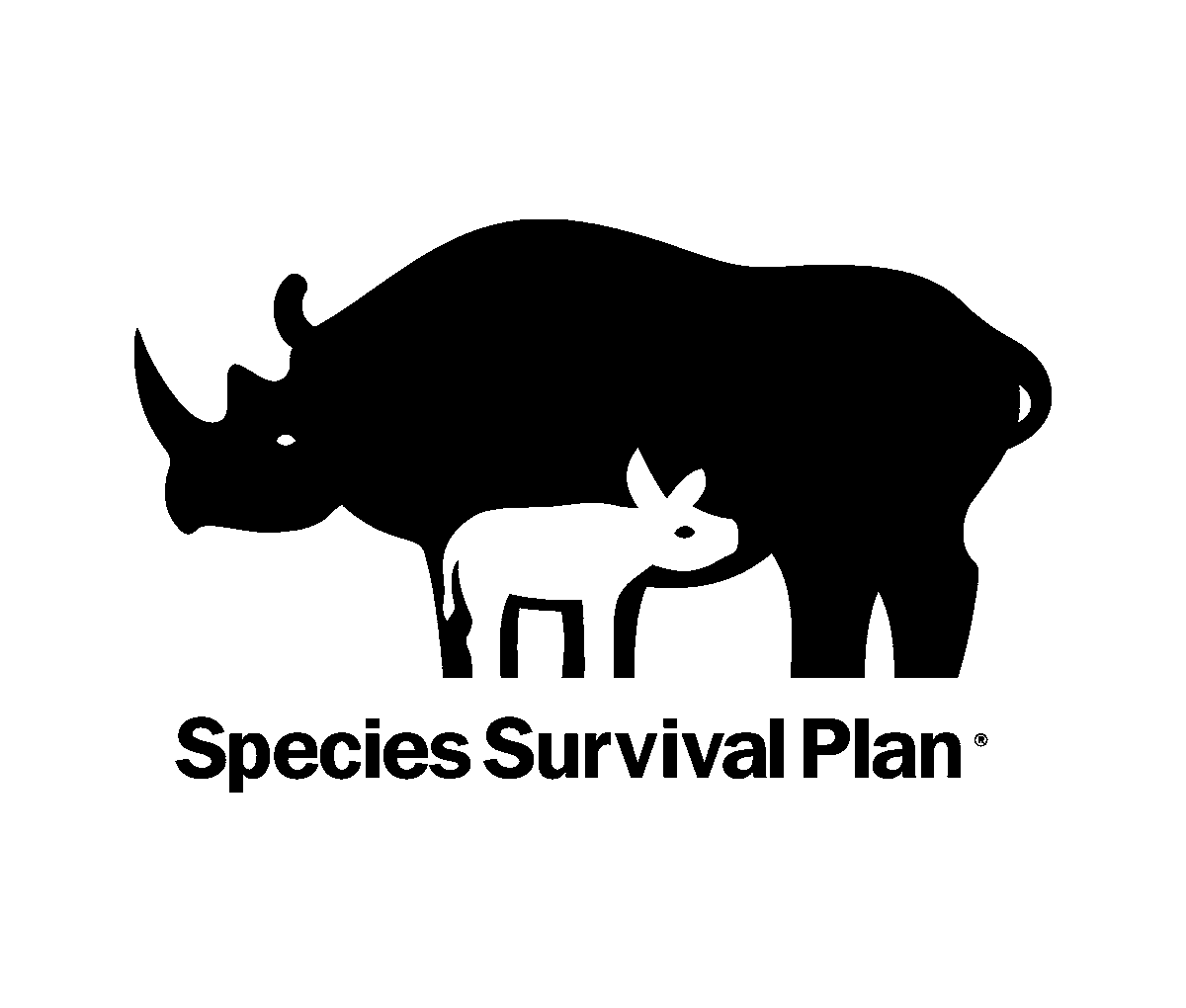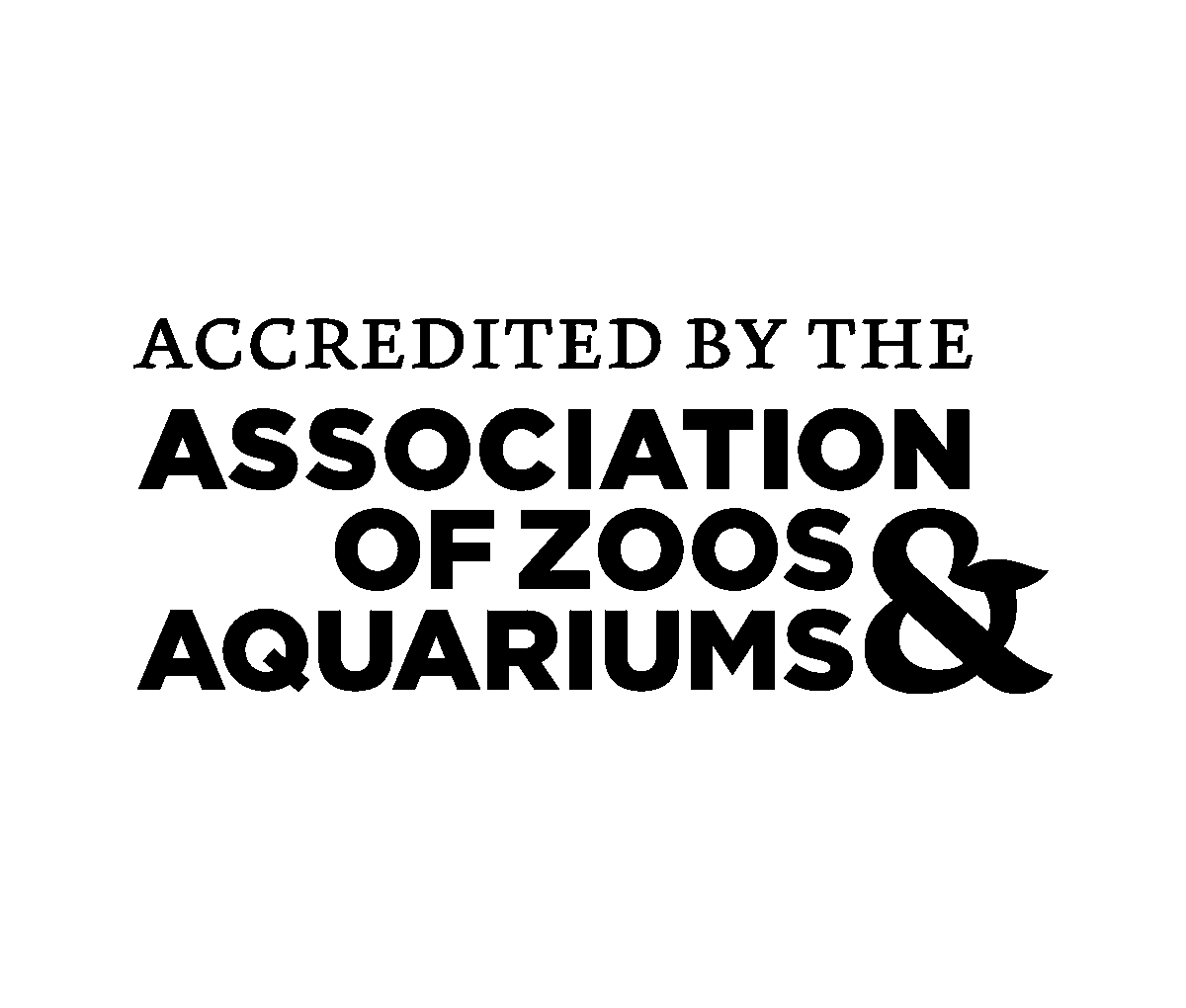Plastic is so common that there is more plastic made now than ever before. Plastic consumption reached 320 million tons this past decade alone. People are running out of places to put their trash and that is becoming a major problem. Overflow from landfills, garbage bins, and litter is reaching the oceans. Researchers have found that 60 to 90 percent of plastic found in marine environments comes from landfills. The amount of plastic and other waste has grown so much in recent years that there is a garbage island in the Pacific Ocean, called the Great Pacific Garbage Patch (GPGP). The GPGP is now double the size of Texas.
 Penguins and other marine life are affected by both whole plastic waste and microplastics in the ocean. In New Zealand, plastic waste is being found in the nests of little blue penguins. Plastic that is broken down into microplastics is being found in gentoo penguins in Antarctica. It isn’t just penguins, all marine life are negatively affected by plastic in the ocean, but we can help them!
Penguins and other marine life are affected by both whole plastic waste and microplastics in the ocean. In New Zealand, plastic waste is being found in the nests of little blue penguins. Plastic that is broken down into microplastics is being found in gentoo penguins in Antarctica. It isn’t just penguins, all marine life are negatively affected by plastic in the ocean, but we can help them!
A poll was conducted that found 84 percent of the people polled in the United States cared about how plastic is affecting marine life and we believe you care too!
How Can I Make A Difference?
One way we can help is by eliminating or reducing our use of single-use plastics.
A reusable cup is a good way to replace both single-use plastic cups and lids. Do you often grab a soda or coffee from the gas station or local coffee shop? You can purchase reusable cups at many gas stations, coffee shops, or restaurants. Alternatively, check your local recycling laws to see if fast food cups are recyclable in your area. If buying your reusable cup for every place you go to is not an option, you can make drinks at home and bring them with you in a personal reusable cup of your choice!
Plastic straws are dangerous because they might look like good nesting material for a penguin or a nice snack for sea turtles. Skipping the straw altogether is the best way to go. If a straw is needed then silicone, metal, and bamboo options are great reusable alternatives to plastic.
Utensils
Like straws, disposable utensils can be replaced with reusable utensils, with many options available to consumers. Going out to eat? Don’t want to bring your good silverware from home to the restaurant? There are portable options made from bamboo, wood, metal, or hard plastic. These options can be inexpensive and often come in small carrying cases. Bring your reusable silverware with you if it’s a place that has single-use plastic or take your food to go and enjoy it at home.
Food Wrappers
Food wrappers are the most difficult type of single-use plastic to reduce use. Granola bars, fruit snacks, and single bags of chips are often found in the lunches of children across the world. While the use of some of these items is unavoidable, some options are available to live more sustainably. Reusable cloth or silicone bags and wax wraps can be used to hold items from larger bags. This can reduce the amount of plastic being sent out into the landfill. Alternatively, look for compostable sandwich bags in the same aisle where you find the plastic ones.
In this digital age, it is easy and convenient to purchase items online. These items are typically wrapped in plastic bags. When plastic bags from both shipped products or from local shopping are in the ocean, they look exactly like a nice jellyfish snack to hungry marine life. A solution is to shop local, use a reusable bag, and when forgotten choose recyclable paper over plastic.
Last summer, my husband and I challenged ourselves to reduce or eliminate single-use plastic wherever we could. I challenge you to do the same! By reducing single-use plastics in just one of these categories, you can help save wildlife and our planet. So, skip the single-use plastic and save some penguins (and other marine life)!
Written by:
Conservation Engagement Specialist Rachel Marlatt




